“A Brief Sonic Ecological Survey of TikTok Meme Culture“, by Max Alper. A super interesting article on sound based memes on TikTok:
Synthetic Messenger

“Synthetic Messenger is a botnet that artificially inflates the value of climate news. Everyday it searches the internet for news articles covering climate change. Then 100 bots visit each article and click on every ad they can find”.
Great project by Tega Brain and Sam Lavigne.
How to Disappear
The Girlfriend Hostage Situation on TikTok
“Marcus DiPaola is a journalist who covers trending headlines in a TV reporter style to his 2.5M followers on TikTok. On May 4th, 2021, Star Wars Day, Marcus posted a new TikTok introducing his girlfriend to his large audience. It’s a pretty normal video, but TikTok has a mind of its own.”
[via]
Stopsigncam

“Stopsigncam is a Twitch channel that’s been streaming a Salem intersection where, its title estimates, 98.73% of Vehicles don’t stop.”
[via]
The Young Political Spaces of the Internet

“The only thing that can effectively catch a young, alienated kid who is at risk for far-right politics is left-wing counter-messaging and opposing political solutions. Because his grievances are legitimate, and if he has no way to express them, you’re sending him even further to the right.”
The side-effects that tends to get us
“The only appropriate response is the most profound ambivalence. That’s what we owe new technologies: we have to teach ourselves to be absolutely ambivalent about them, and mainly we have to teach ourselves to imagine their inadvertent side-effects. Because the inadvertent side-effects are the side-effects that tends to get us”
(William Gibson, 1997)
Preserving Worlds
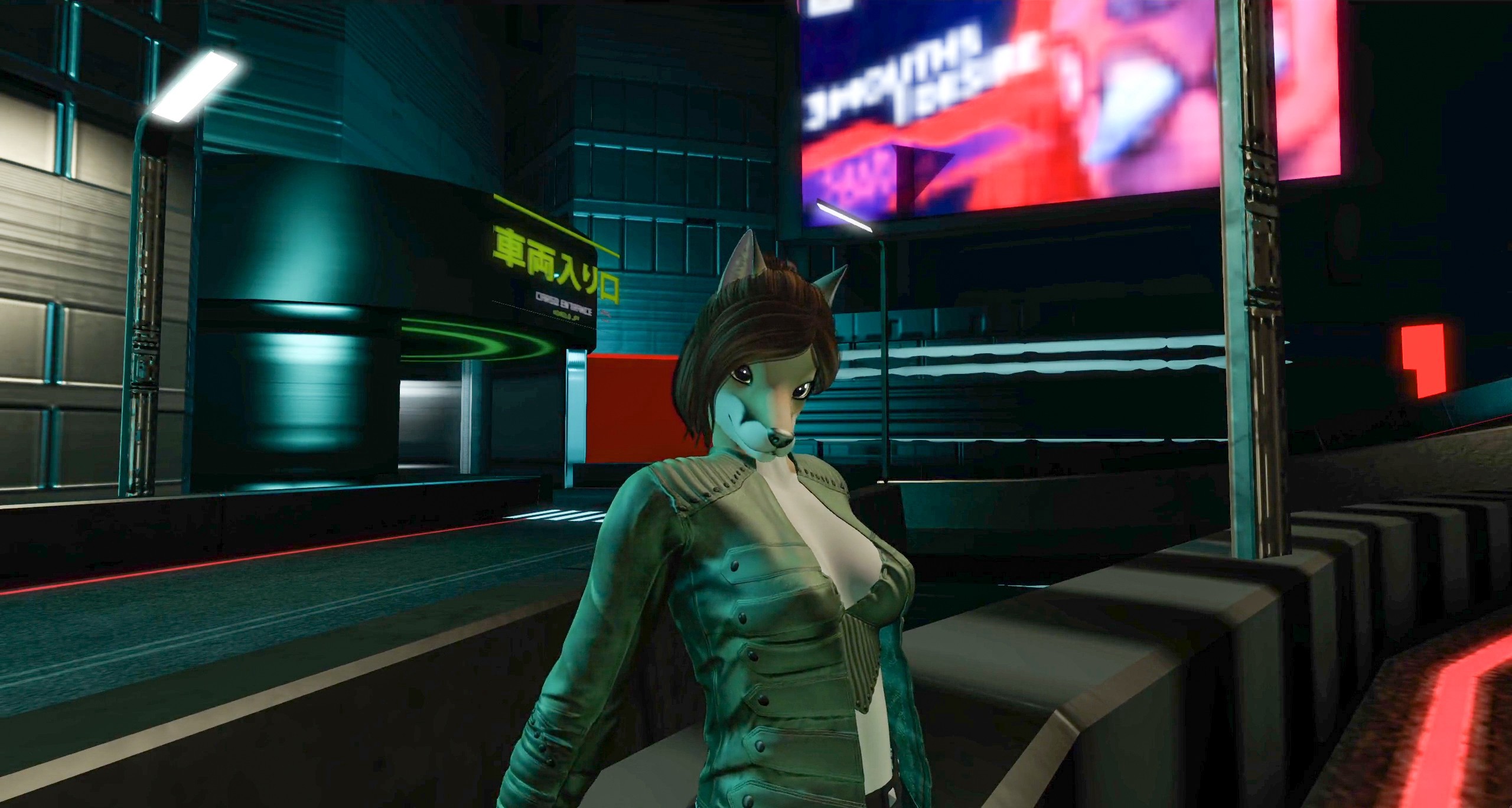
“Preserving Worlds is a documentary travelogue through aging but beloved virtual worlds. Virtual worlds are delicate things, and they can vanish with hardly a trace. Under Capitalism, preservation is often the last priority. “
The Sigil Engine
The Soothing, Digital Rooms of YouTube

“Helle Breth Klausen, a doctoral student at Aarhus University in Denmark who researches digital media, including A.S.M.R., classifies ambience videos as a kind of “self-medicating media.”
[via]
Reality Shifters
I recently discovered the existence of “reality shifting”. In brief, thousands of people – mostly teenagers – claim to be able to jump to (and live in) alternative realities, in some kind of lucid dream, after having carefully scripted it all. There are different suggested methods for shifting, which sometimes are simple and sometimes very complex. The most popular alternative reality (DR – desired reality) is Hogwarts, the Harry Potter school of magic, where some people claim to have spent weeks. TikTok and YouTube are full of these videos and I literally can’t stop watching them.
Dear imaginary audience
Sea shanties are trending on TikTok

More amazing collaborative content to enjoy:
“TikTok’s unique ability to plumb the depths of obscure genres and hoist them to the forefront of popular culture has landed another viral sensation: the sea shanty.”
[via]
DALL·E. An AI that creates images from text

Ok, this looks super fun: “we’ve trained a neural network called DALL·E that creates images from text captions for a wide range of concepts expressible in natural language“.
Everybody’s streaming, even when no one is watching
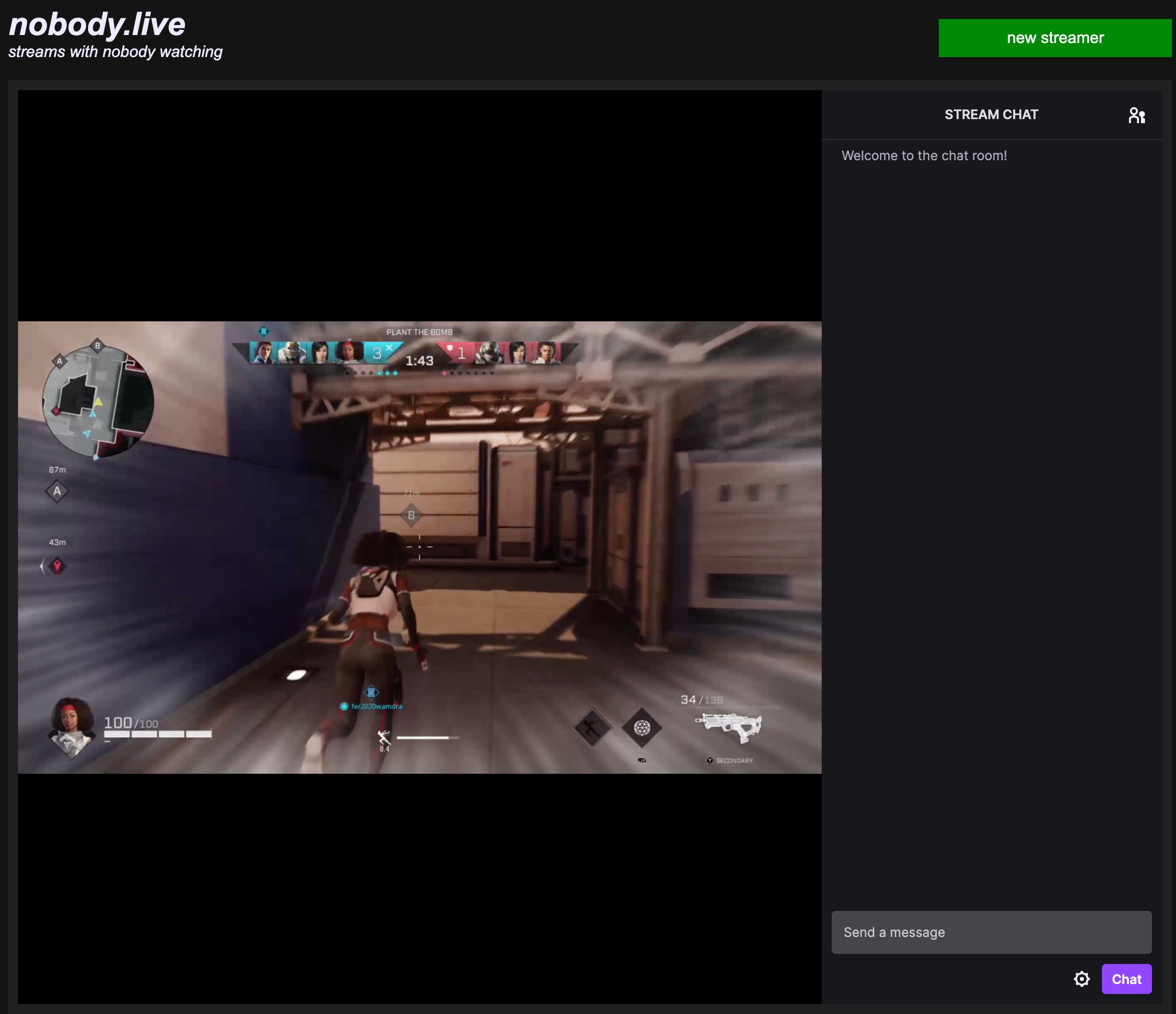
“Nobody.live presents random Twitch streams with nobody watching — until you are”.
Turning random internet drama into songs
Tree.fm

Tree.fm
lets you tune into the sounds of different forests from around the world.From #witchtok to #mushroomtok

From #witchtok to #mushroomtok: Marieke Kuypers’ favourite TikTok niches
The Monolith Tracker
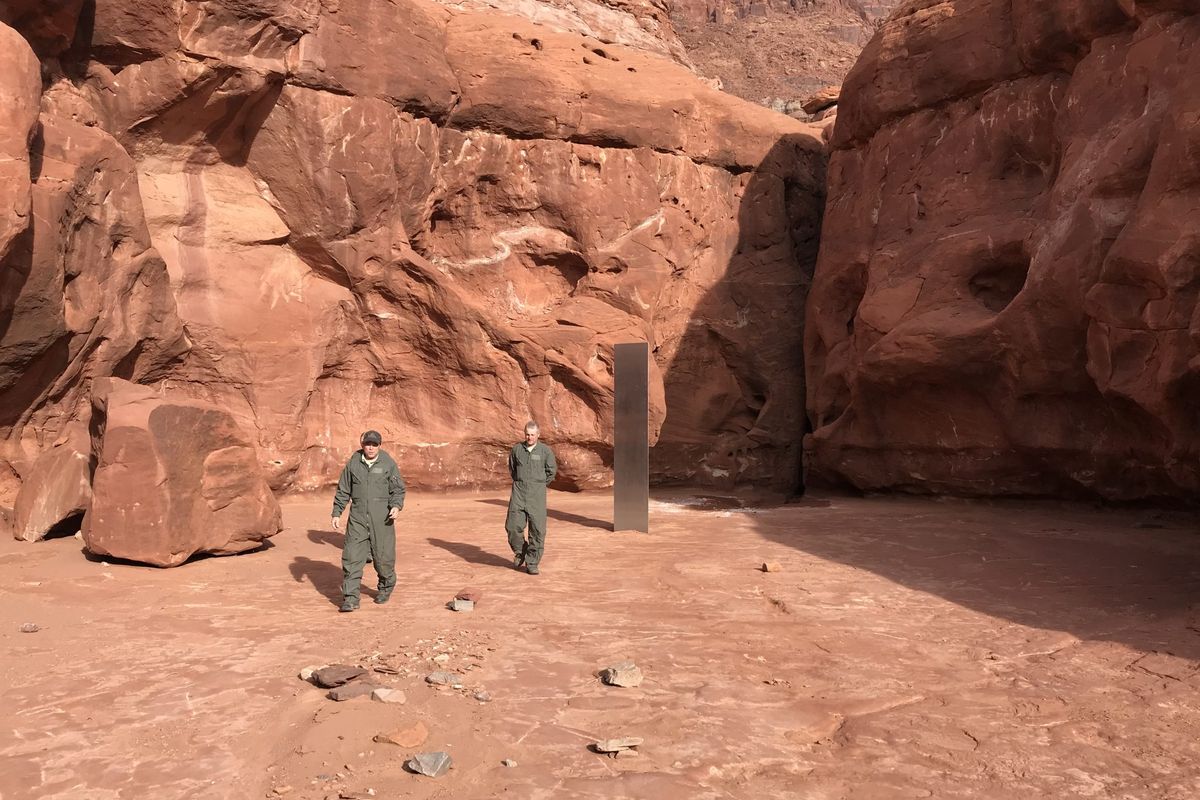
Best site (and best story) of 2020. Hands down.
Windows 95 ugly Christmas sweater
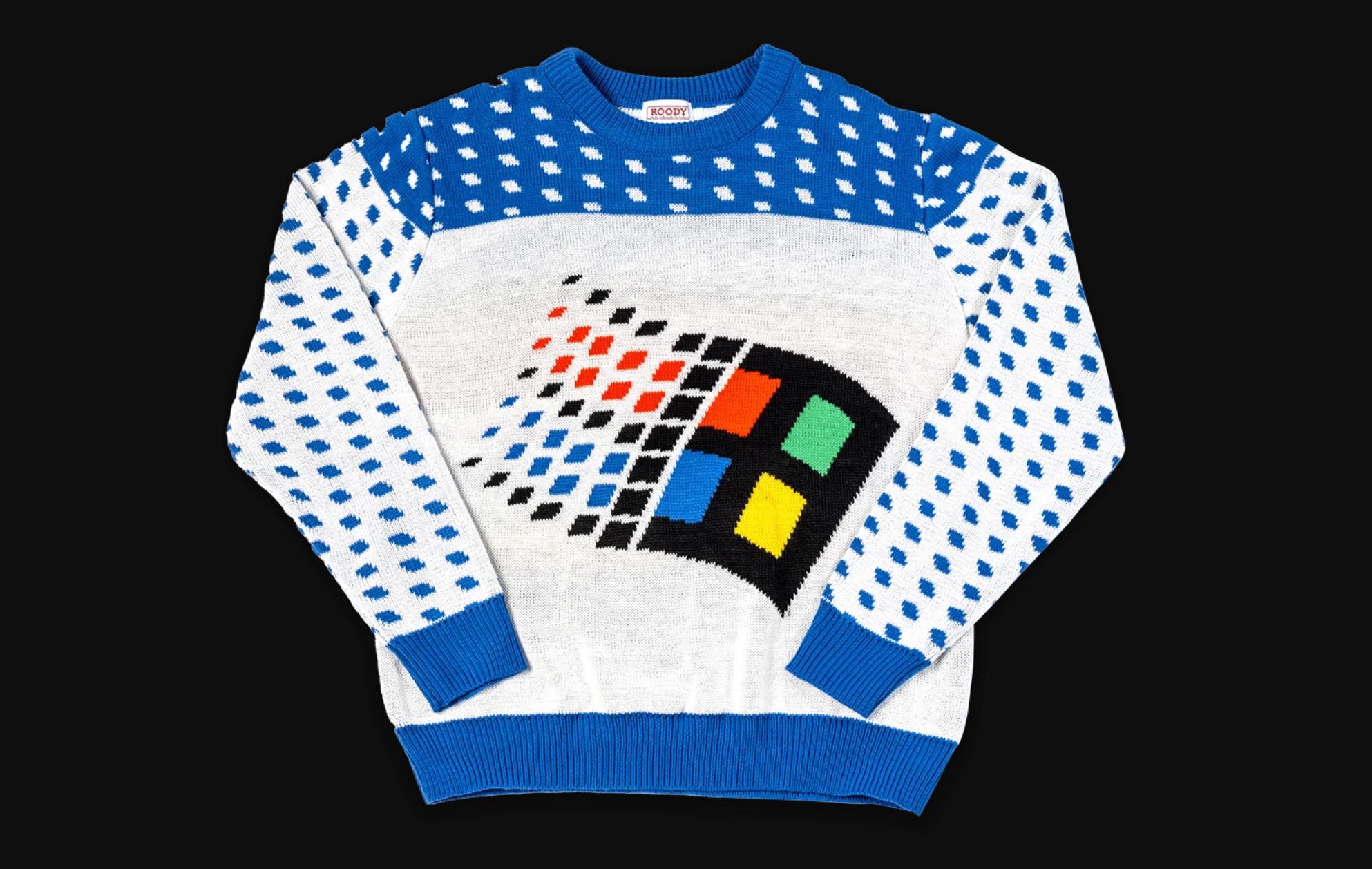
Microsoft has released a line of ugly Christmas sweaters with retro Windows themes. Along with Windows 95 graphics, there are also Windows XP and MS Paint designs.
[via]
Uninvited. An Horror AI Experience
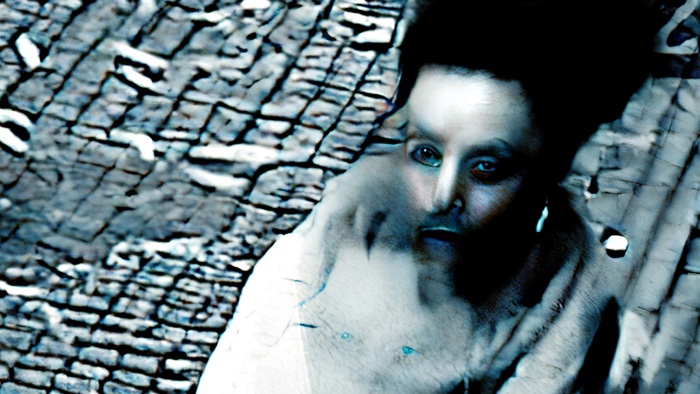
“UNINVITED, by Nye Thompson and UBERMORGEN, is a puzzling, disturbing but strangely seducing work. It rejects human viewers as much as it draws them in. A mix of dystopia, scifi and reality, the film echoes our confusion about the machines which intelligence (or utter stupidity) we sometimes fail to fully appreciate.”
[via]
TikTok Ratatouille Musical
Four Seasons Total Landscaping becomes a VRChat hangout for furries
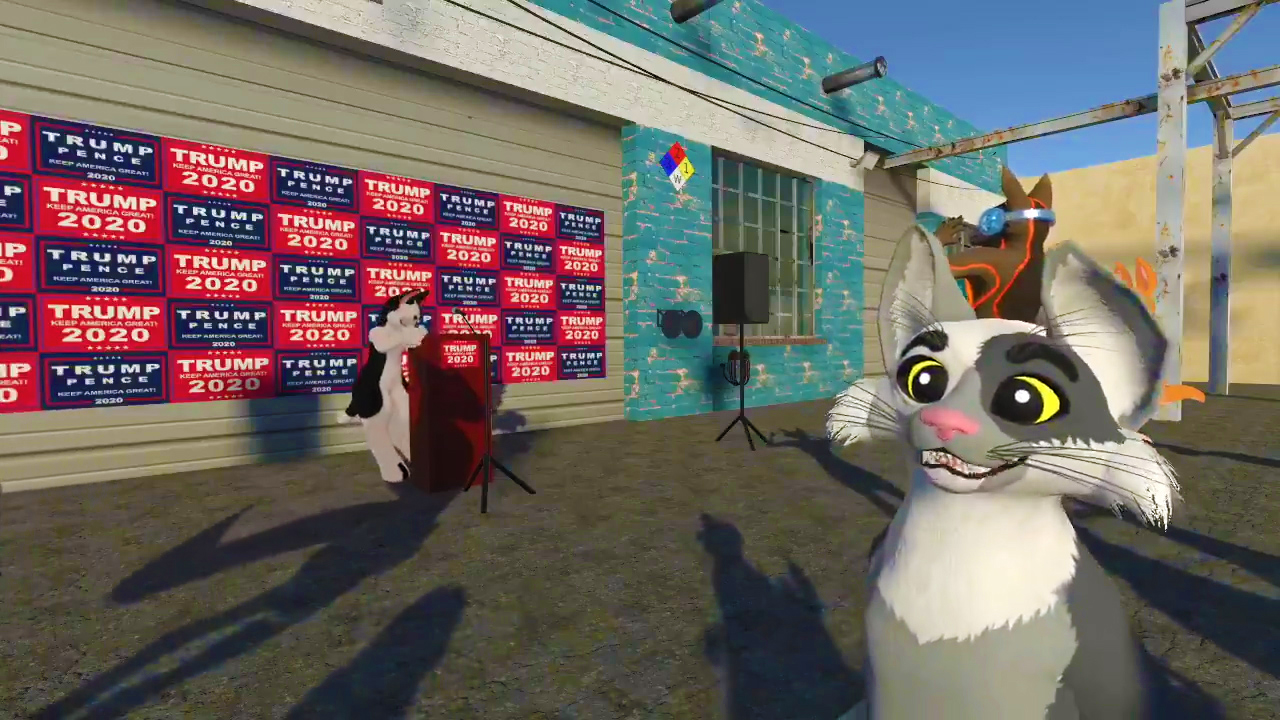
Ha ha ha OMG! The grand debut of Four Seasons Total Landscaping was AMAZING! Thank you to everyone who showed up! pic.twitter.com/2c5KQKQwgC
— coopertom (@thecoopertom) November 9, 2020
[via]
Everywhere at the End of Time

Why Are TikTok Teens Listening to an Album About Dementia?
“Everywhere at the End of Time,” a conceptual album about memory loss, has found a second life on TikTok, where it’s spurred a challenge of sorts.
Bad Beuys
A German artist collective stole a Joseph Beuys artwork from a Münster museum and gave it to an institution in Tanzania—and made a rollicking video about their stunt.



